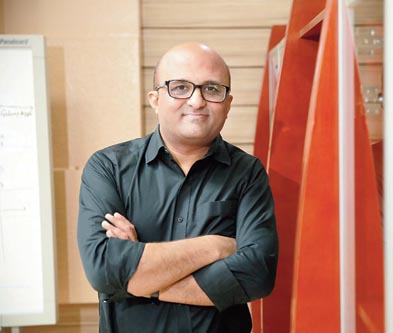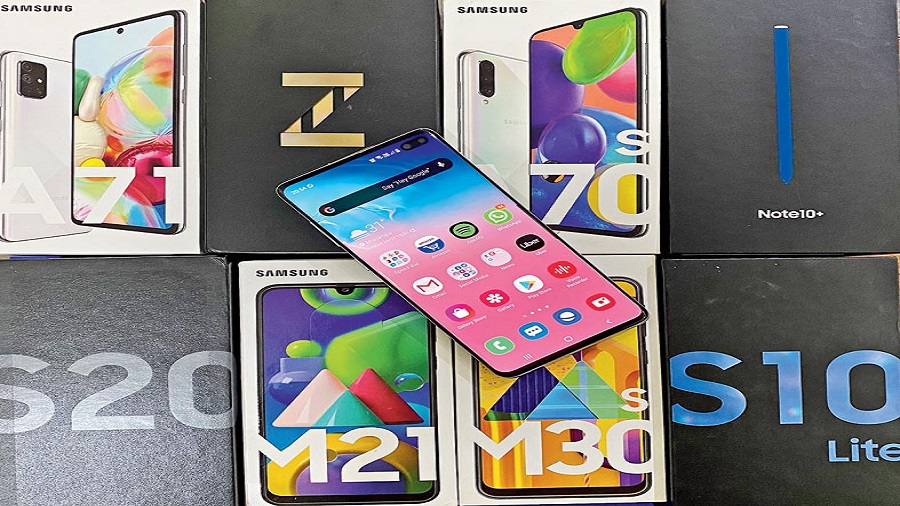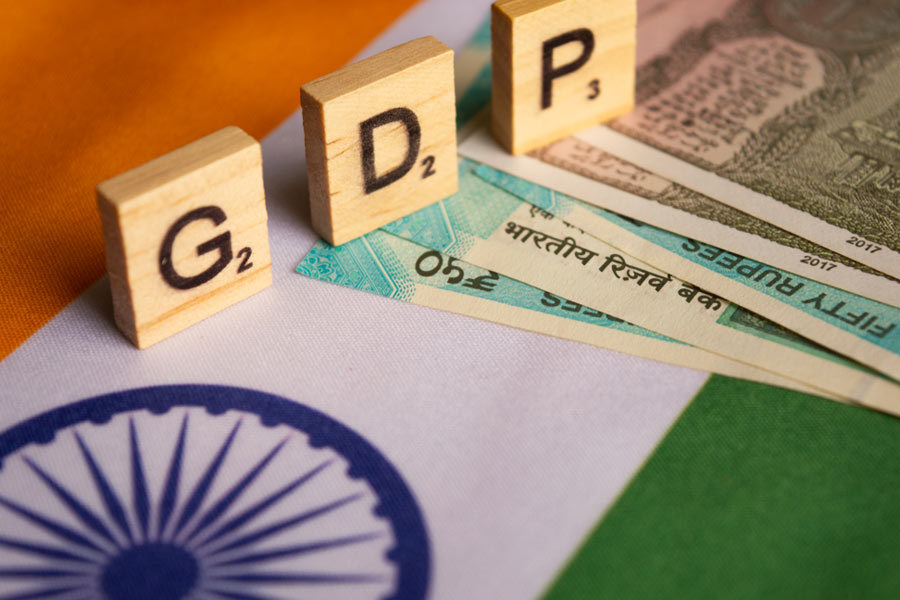What makes a brand a global smartphone leader? What makes the same brand a trusted entity when it comes to household appliances and not just for a year or two but decades? Innovation. Samsung is constantly innovating to come up with the best features across several categories. Helping the South Korean electronics giant is its strong R&D centres.
To ensure it continues to excel, the company has launched a unique industry-academia programme called Samsung PRISM — Preparing and Inspiring Student Minds — to stimulate the Indian innovation ecosystem, and build capabilities among students that meet industry needs. The programme, run by Samsung R&D Institute Bangalore (SRI-B), aims to involve engineering colleges that are in the top positions of India’s National Institutional Ranking Framework rankings.
We spoke to Dipesh Shah, managing director of SRI-B about the new programme.
What does the programme entail and how big is it?
It is a unique industry-academia project, serving two purposes. First, encourage the Indian innovation ecosystem because students as well as teachers in India are very talented and if we bring them the right problems to solve, provide them good tools and techniques, it will help. Second, build capabilities among students and make them industry-ready. There is so much demand for AI, ML and data science. These people, even if they have very strong computer science background, they acquire additional skills by working with our engineers.
It’s a large programme. We have already signed MoU with 10 colleges and by 2022 we hope to connect with 50 colleges. All these are national ranking — NIRF ranking of top 100 — institutions. Already, 150 student teams are working with us on Samsung projects. This is with just 10 colleges. You can extrapolate the number of teams we would have when we reach 50 colleges. Each team has three students and one professor from the university and one mentor-guide from SRI-B. So each team has five members. They work for a period of four to six months on a project that’s meaningful. These are part of larger projects that we are developing. The well-executed parts will actually make into the product that we ship in India and globally. Students and universities are very interested because they get access and exposure to cutting-edge technologies, like 5G and AI. There is vision-related, voice-related, text-related, audio-related AI. Also, Internet of Things, of which we are leaders.

Samsung is about technology, consumers and innovations. So, these students can actually experience 5G when they are studying in college.... Every R&D centre has its phase of development. As the local market becomes important, the organisation grows — Dipesh Shah, managing director of Samsung R&D Institute Bangalore Sourced by the Telegraph
One thing that is motivating students a lot is an opportunity to publish papers with our mentors in leading journals. Then there is the opportunity to jointly publish patents with Samsung research people. Overall, it is working very well and universities are very interested in this.
What is the profile of your students?
Almost all the students are in third year of engineering. To get into these institutes, there are so many competitive examinations. Basically, the student quality is excellent. Samsung is about technology, consumers and innovations. So, these students can actually experience 5G, AI and other technologies when they are studying in college. For example, they can experience how the camera can detect what it is being pointed at — object recognition. These are things most only get to read about. The students are getting to experience the same. Their output has been significantly good.
Any real-world examples of the projects?
There are three examples which will give you a feel of the level of these projects. Let’s say for the global project.... Samsung cameras are well-known for low-light photography. In a dark situation we have done a lot of research to get the pictures right. What these students are working on is to take it to the next level and improve video taken during the night. Second, navigation. When you are outdoors, you use Google Maps. But when you are indoors, where is your speaker, where is your TV, how do you bring music from one device to another? Third, our Make for India programme. We make specific product experiences. Our students are the millennial consumers. On the Samsung Note, there is a stylus. Now when you write, it automatically gets converted to text so that you can email the same easily. We use handwriting recognition. Globally, this is done for English, French, German and so on. When it comes to India, there are so many languages. Handwriting recognition for Indian languages is being tried by the students.
And you must be learning a lot from these young students?
I completely agree. When we started, we thought of bringing our experience to the students. But there is a lot of reverse-learning involved. They are teaching us because they are the power consumers. They are telling us the areas we need to improve on.
You were the first employee of the company’s Bangalore R&D centre, which started in 1996. How much of a global-local balance has the centre achieved?
Every R&D centre has its phase of development. As the local market becomes important, the organisation grows. Today the R&D centre in Bangalore is at the heart of four areas of technology. We are well-known for wireless communication... 5G protocol software... and then smartphone cameras, which is not just about quality but also experience. Recently, when Galaxy S20 was launched and also the A51 and A71 and some of our mid-tier phones, there is a feature called Single Take. With one click, AI can understand the important things around you and capture those, complete with filters and boomerang effect. Third is IoT for which we have an application called Smart Things using which you can discover not just Samsung devices but many third-party ecosystem devices. Fourth, voice intelligence called Bixby. English accent differs as you move from one state to another. Students partially helped on this project. Plus, we have a lot of contributions to the local market... our Make for India programme. Besides mobile phones, there are TVs, washing machines, refrigerators, ovens and so on.
On the smartphone, for example, there are some innovations that are local but have gone global. On Galaxy Note there is something called AR Doodle. While you are taking a picture, you can write using your pen. The other one is Samsung Pay, which is unique. If the place you are paying at, the terminal has magnetic swipe, only Samsung Pay will work on such terminals. You can go wherever you want without your physical wallet.
On the TV side, we launched something called Unbox Magic. This has four to five unique features. One involves music. Most of the time, the TV is just a blank screen. We have converted it into music station; you can listen to all your music and radio.
On the home appliance side, one of the recent additions has been the Curd Maestro refrigerator. For the first time, you can make curd inside the refrigerator. Luckily at Samsung India, we have production, design, R&D, marketing, consumer insight... all in one country. We can use all these for our Make for India initiative.











